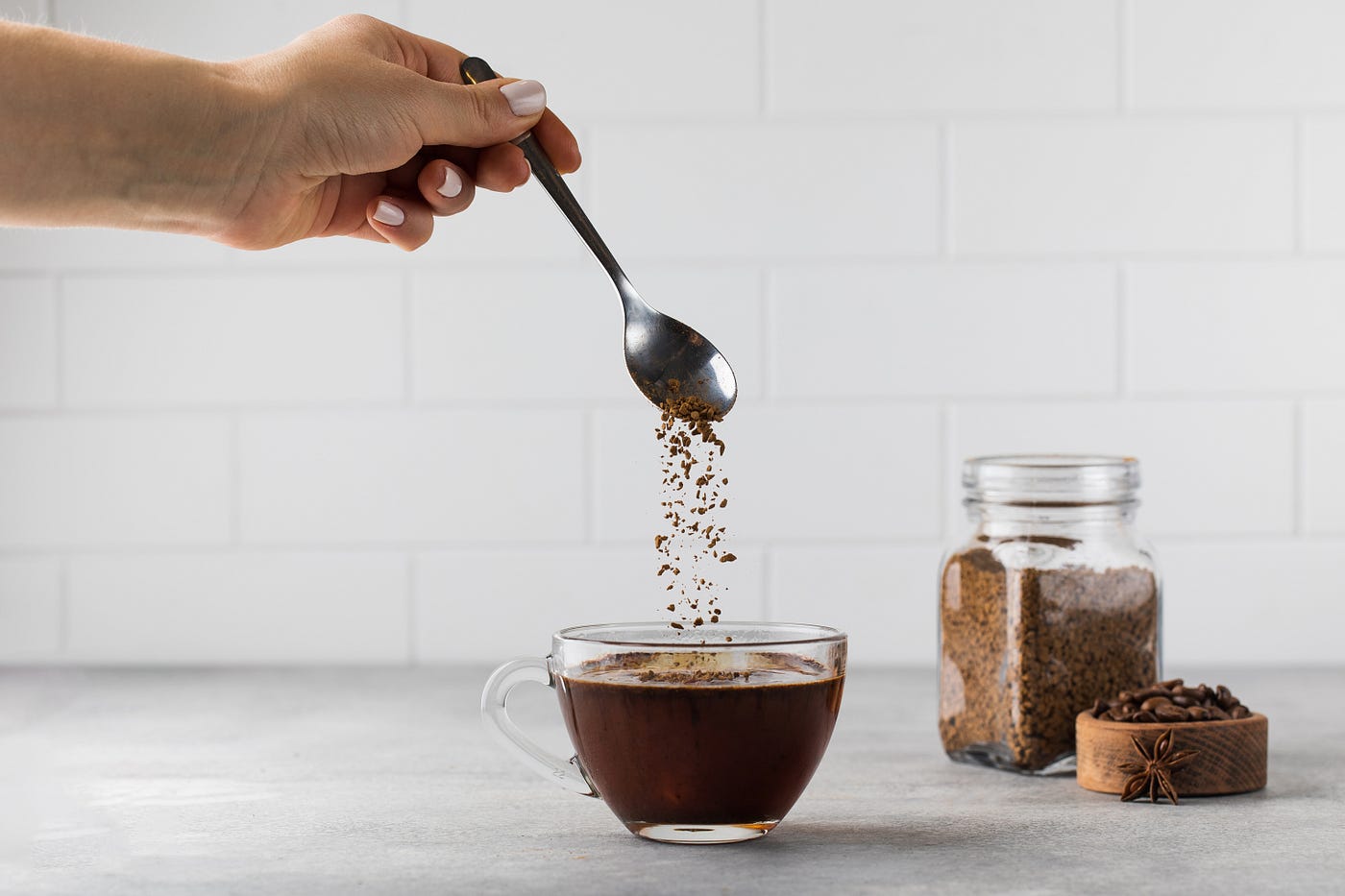Coffee is a serious business across the world. Like a fine wine, Coffee too has varying flavor profiles and aromas. But the chemistry of the coffee bean varies too! A slight change in elevation or pollination can render a bitter or sweet taste to your coffee. Instant coffee, also known as soluble coffee, is a popular beverage choice for its convenience and quick preparation. In this comprehensive guide, we’ll delve into everything you need to know about instant coffee, from its origins and production process to its flavor profiles, brewing methods, and health considerations.
Wholesale instant coffee powder distributors offer a wide range of products to retailers and businesses. They provide bulk quantities of instant coffee powder sourced from reputable manufacturers, ensuring consistent quality and freshness. With competitive pricing and efficient delivery services, wholesale distributors support businesses in meeting the demands of their customers while maintaining profit margins.
Origins and History
Instant coffee has a fascinating history that dates back to the late 19th century. It was invented by a Frenchman named Alphonse Allais in 1881, who patented the first commercial process for making instant coffee. The product gained popularity during World War II when it became a staple for soldiers in the field. Since then, instant coffee has evolved and diversified to meet the demands of modern consumers.
Production Process
The production of instant coffee involves several steps, beginning with the selection and roasting of coffee beans. Once roasted, the beans are ground into a fine powder and brewed to extract the coffee flavor. The resulting liquid is then concentrated through evaporation or freeze-drying to create a soluble coffee extract. This extract is then further dried and granulated to form the familiar instant coffee crystals or powder.
Types of Instant Coffee
There are several types of instant coffee available on the market, each offering unique characteristics and flavor profiles. The most common types include spray-dried instant coffee, freeze-dried instant coffee, and agglomerated instant coffee. Spray-dried instant coffee is produced by spraying a fine mist of brewed coffee onto a hot surface, while freeze-dried instant coffee involves freezing the concentrated coffee extract and then drying it under vacuum pressure. Agglomerated instant coffee is made by blending finely ground coffee particles with hot water and then drying the mixture to form larger granules.
Flavor Profiles
Instant coffee comes in a variety of flavor profiles, ranging from mild and smooth to bold and robust. The flavor of instant coffee is influenced by factors such as the type of coffee beans used, the roasting process, and the production method. Some instant coffees may have fruity or floral notes, while others may exhibit chocolatey or nutty undertones. Ultimately, the flavor profile of instant coffee is a matter of personal preference.
Brewing Methods
Brewing instant coffee is a straightforward process that requires nothing more than hot water and a spoon. To prepare a cup of instant coffee, simply add a spoonful of instant coffee powder or crystals to a cup, pour hot water over it, and stir until dissolved. Adjust the amount of instant coffee and water to suit your desired strength and taste preferences. Instant coffee can also be used as a base for specialty coffee drinks such as lattes, cappuccinos, and mochas.
Pros and Cons
Instant coffee offers several advantages, including convenience, quick preparation, and long shelf life. It’s ideal for busy mornings or when you need a quick caffeine boost on the go. However, some coffee connoisseurs may find the flavor and aroma of instant coffee lacking compared to freshly brewed coffee. Additionally, instant coffee may contain additives such as sugar, creamer, or artificial flavors, which can affect its overall quality and healthfulness.
Health Considerations
While instant coffee is generally safe for consumption, it’s essential to be mindful of its caffeine content and any additives that may be present. Excessive caffeine intake can lead to side effects such as jitteriness, insomnia, and increased heart rate. It’s also important to read the ingredient list on instant coffee packaging to avoid products with added sugars, artificial sweeteners, or preservatives. Opting for plain instant coffee without additives is the healthiest choice.
Environmental Impact
The production of instant coffee involves energy-intensive processes such as roasting, brewing, and drying, which can have environmental implications. Additionally, the packaging of instant coffee often involves single-use plastic or foil pouches, contributing to plastic waste. To reduce the environmental impact of instant coffee consumption, consider purchasing products with eco-friendly packaging or opting for alternative brewing methods such as French press or pour-over.
Conclusion
Instant coffee offers a convenient and accessible option for coffee lovers seeking a quick and easy caffeine fix. With its diverse flavor profiles, simple brewing methods, and long shelf life, instant coffee has become a staple in households and workplaces around the world. While it may not satisfy the palates of coffee purists, instant coffee remains a popular choice for its affordability and convenience. Whether you’re a busy professional, a college student on the go, or simply craving a quick cup of joe, instant coffee is there to provide a satisfying caffeine boost whenever you need it.
